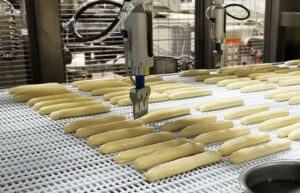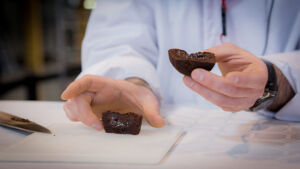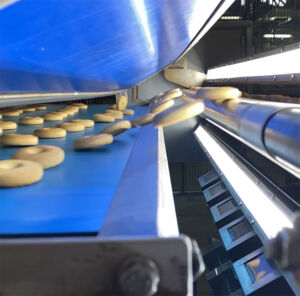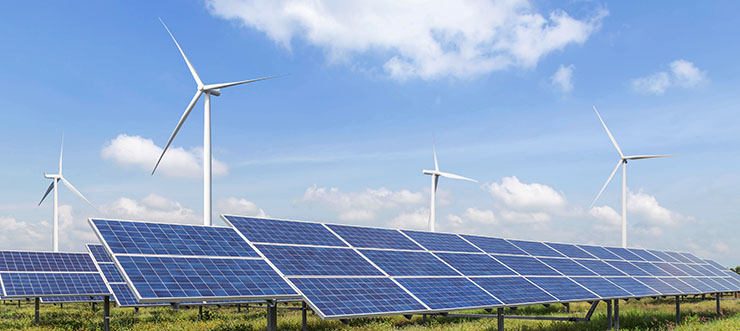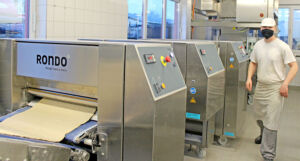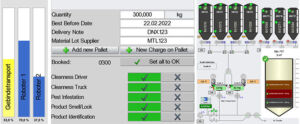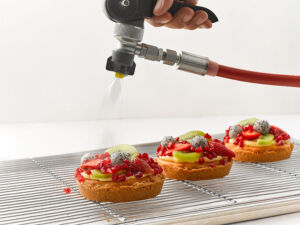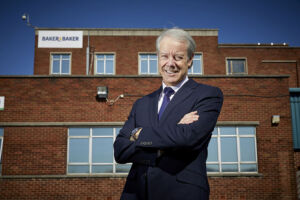In the spotlight
Christian Traumann, Multivac Managing Director and Group President, and Andreas Eyd, Managing Director, FRITSCH Bakery Technologies, shared with us the strategy of the two companies and how it continues to nurture the success at FRITSCH.
Production
Unique eating experiences are a defining characteristic of snacking; they are especially expected when the choices are cakes and pastries.
A bread’s crust is its first impression and illustrates the baker’s signature skill. Automated scoring systems can dependably reproduce the craftsmanship of a cut made by an experienced hand. Vision systems and robotics are its eyes and steady hands behind any desired patterns carved into the dough.
With over 8,000 new patisserie product launches every year1, the challenge for industrial bakers is to diversify their offers by developing innovative creations that also pass nutritional checkpoints and provide an exciting eating experience, through an efficient manufacturing process.
automation
Innovation in Artificial Intelligence algorithms can be applied to baking processes for improved results. AI’s ability to learn and auto-learn makes it particularly resourceful to increase process efficiency and seamlessly handle a great variety of products by identifying the sets of features to be controlled.
Sustainability
As energy is an increasingly more valuable resource, thermal oil oven specialist HEUFT offers short- and mid-term solutions for bakeries, based on its innovative technology. The trend is clear: the path leads away from fossil fuels and towards regenerative resources such as hydrogen, biogas, or bioelectricity, and includes wind and solar power for their potential.
Science
Assessment of quality is an essential part of the food manufacturing process. Whether part of a Quality Assurance (QA) system, where checks are made throughout the manufacturing process, or a Quality Control (QC) system system where checks are made on the finished product before it leaves the factory. The assessment of quality in regard to bread is a complex area, given the complex nature of bread!
Baking soda or baking powder is the most common carbon dioxide (CO2) source. It is used to produce aerated cakes, for example. This article proposes an alternative to the use of baking powder by using the mixing of the batter under CO2 pressure.
visit
When Ebbing Bakery installed the Smartline Model I dough band line, which had just been launched into operation in 2001, it was a first in the industry. 16 years later, the company opted for the Rondo line for the second time, now in its new generation.
MPREIS is a grocer in Tyrol, Austria. The company has envisioned its bakery, Therese Mölk, to streamline every activity within its walls under a single control system, from production lines to conveying, handling products, and even including the building’s heating and cooling system.
Decorating
A glossy layer atop diverse bakery products is a great way to make a first impression and, more often than not, plays a decisive role in purchasing decisions. It keeps products fresh, and stable, it contributes to their flavor or color. It also helps to enable creativity in decorations and brand products such as cakes, pastries, muffins, donuts, or hybrid creations.
Interview
Baker & Baker reported a turnover of EUR 450 m and 14% growth in its first year as a standalone business. These results are particularly remarkable in a COVID year and against supply chain issues and spikes in energy costs. John Lindsay, the company’s CEO, shares how the business made such progress and gives us a glimpse into the second year and beyond.




